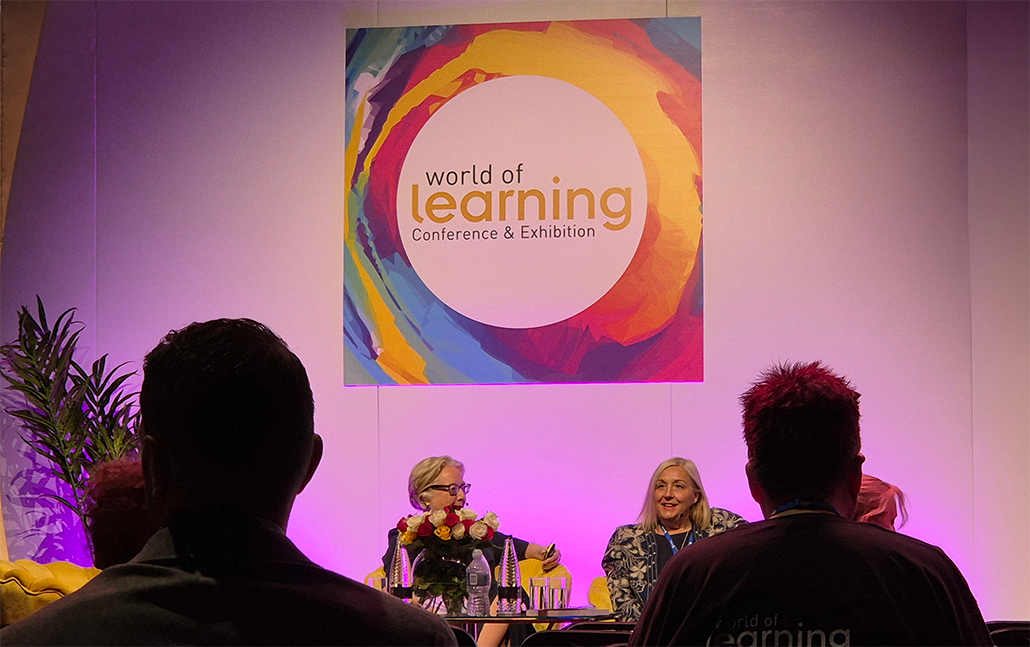Moving job roles? Johnson Wong is here with advice, frameworks and experience.
Today, business transformation becoming increasingly intense and fluid, organisation stakeholders and HR leaders are experiencing challenges of enabling new capabilities and designing new roles for their workforce to take on. Time taken to implementation is a massive implication for managers to rush into making decisions that may lead to significant repercussions.
A common practice where leaders may deploy workers into the newly designed job roles where they were perceived to have the relevant skillsets and experiences to succeed. In reality, they rarely perform to expectations. In some instances, leaders attempt to send them for upskilling or re-skilling interventions may even be counter-productive.
What went wrong? Is it the right case for skilling up, cross-skilling or simply attributed to worker selection errors in the new job role? Or is the new job role poorly designed in the first place? Let’s take a step back and examine the fundamental needs for any job role transition strategy. Three critical needs would be:
- To achieve a more collaborative, flexible, but structured system that enables the workforce to transit into the new job more seamlessly.
- To prevent negative impacts like burnout, disengagement and low productivity when the workforce is settling in the new role.
- To chart new pathways for organisations to leverage the workforce potentials in new roles that could generate more significant business outcomes. In other words, to maximise talent contribution and retention.
Is it the right case for skilling up, cross-skilling or simply attributed to worker selection errors in the new job role? Or is the new job role poorly designed in the first place?
Implementing a comprehensive transition plan ensures smooth adaptive adoption by the workforce. When designing the transition plan, it is crucial to identify the right category of job role that the worker is transiting to. Some common role categories when planning the transition are:
- Towards a new job role
- Towards an enhanced current job role where additional responsibilities, work scope and performance goals are included
- Towards an integrated job role. Example: X Job role in a work function merged with Y job role in different work function or across differently work specialisation.
Next, diving deeper into the design process, one would need to take into considerations factors that would impact the adoption of the transition plan. Here are some key factors:
- The current skill set of the workforce
- The resources access and availability for the transition journey
- The skills intervention quality and speed
- The individual worker’s readiness (mindset, motivations, behaviours)
- The organisational culture climate in fostering change and communication
- The relationship between the new job role and the current job role
- The performance outcomes in alignment with business goals
One strategy I have developed is a Job Role & Skills Transition Canvas (Exhibit 1). In this canvas, the aim is to engage key stakeholders to co-create and map critical components and ideas for the development of the detailed transition plan.
This engagement canvas helps to develop a proper and holistic structure for making the transition smooth. It’s iterative and dynamic nature provides the implementer and stakeholders pathways to shape the variables and components for the job role transition journey.
At the same time, the canvas allows the contributors to revisit and make calibrations for the right alignment to the business goals.
Exhibit 1 – Job Role and Skills Transition Canvas
Predilection describes attitudes and behaviours that can either help or hinder one’s ability to build, discern and curate a library of strategies for solving a particular problem. Predilections can be either productive or unproductive.
Minimum Viable Skillset (MVS) is the suite of skills at the minimum level needed to perform the new job successfully without any problems or assistance. MVS also addresses needs in areas of:
- New or integrated work processes performance goals
- New technology integration and operations capabilities
- New resource/ tools (for performing work)
A quicker starter on using the Job Role & Skills Transition Canvas:
- Conduct a skillset analysis to identify the present and new job skills needed
- Design the MVS journey map (Exhibit 3) with the implementer and key stakeholders involved
- Enlist workers impacted, and their reporting managers to share information on their work details such as their motivations, challenges in acquiring the new skills, supporting mechanisms, success criterion, structures and resources.
- Define the skills and performance measurement methods. Provide soft milestones and revisit periodically with managers to calibrate if any.
- Work with impacted parties for the new job role implementation for all the various categories in the canvas in an iterative approach.
The following is an illustrated example (Exhibit 2) of a job role transition from engineer to a service designer within the same firm in the manufacturing industry. The skills and competencies levels are referenced from Singapore SkillsFuture Framework (https://www.skillsfuture.sg/skills-framework).
Exhibit 2 – Example of Job Role and Skills Transition Canvas
Exhibit 3 – MVS Journey Map
You can find all the exhibit reference images here: Job Role & Skills Transition Canvas and Minimum Viable Skillset Journey Map
The MVS Journey Map offers a comprehensive framework of how a worker can progress in his or her skills development from learning to performance in the four stages (awareness, practice, application and naturalisation). In every stage, the categories of components such as modes of learning, actions, touchpoints, learner needs, pain points, supports are presented progressively.
The Takeaway
The development of this job role transition strategy to transform the workforce needs to be carefully thought out. In almost every stage of the design process, communication and feedback are paramount; it must involve relevant stakeholders from different levels that include co-workers who are affected directly or indirectly in the flow of work.
The work is not done yet after the Job Role and Skills Transition Canvas is created; rather, it is just the beginning of implementation. Deploying the right people with the skills to manage the implementation and pulling the right levers to make adjustments are part and parcel of the iterative process to ensure the job role transition become more seamless.
About the author
Johnson Wong is an Associate Director, Consulting Services at CET Global Pte Ltd.




